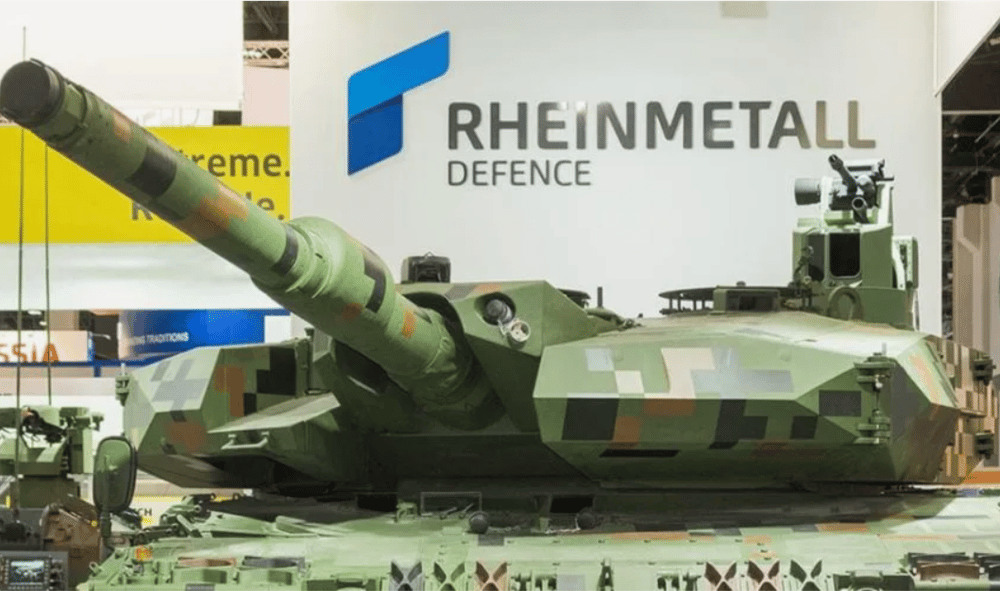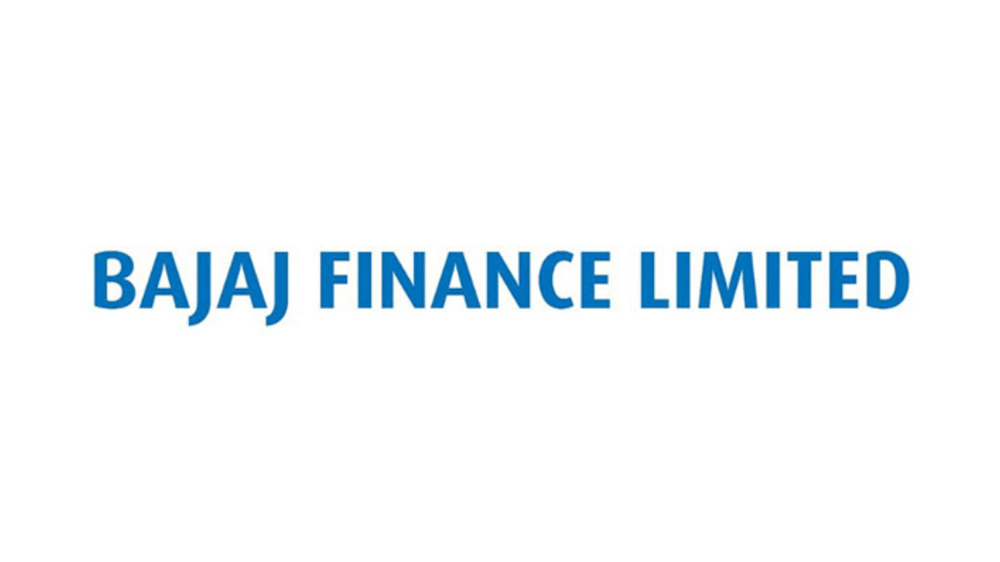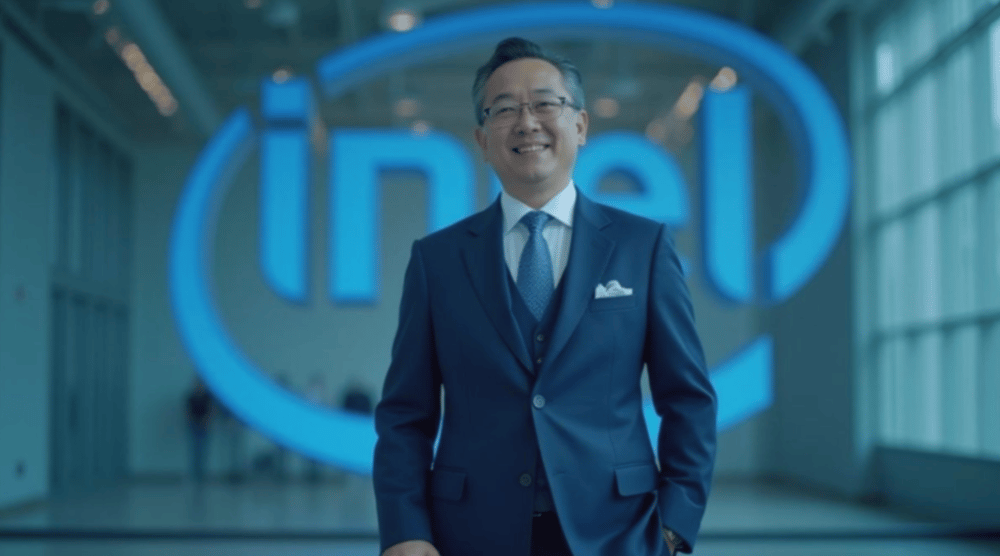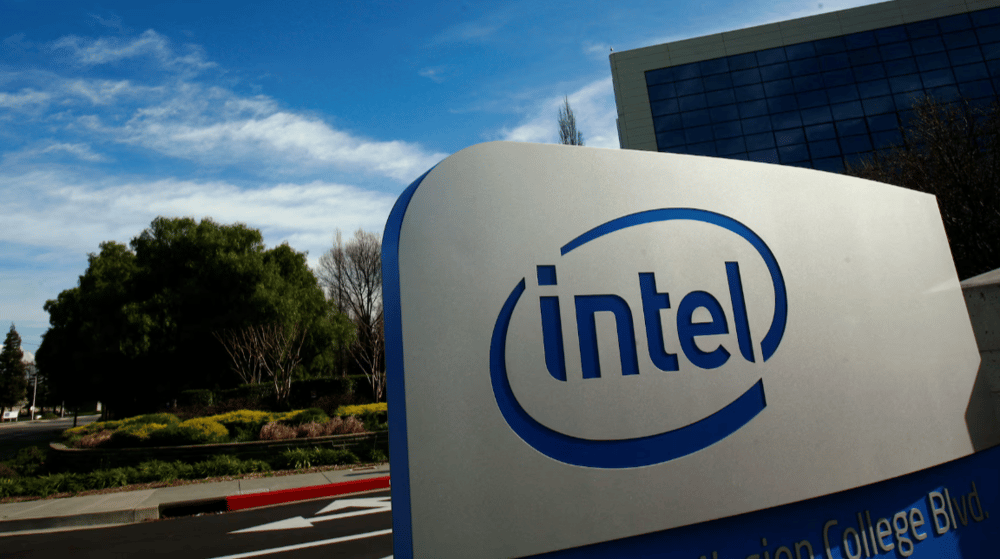Related Articles
VC Faces ESG and Incumbent Barriers as Prime Contractors Like Airbus and Rheinmetall Dominate
The European defense sector is experiencing a seismic shift as the European Union earmarks up to €800 billion (~$920 billion USD) in defense spending through 2030. This historic budget expansion comes in response to rising geopolitical tensions, war in Ukraine, and NATO's pressure on member states to meet spending thresholds. While the allocation creates fertile ground for venture capital (VC) investment, much of the funding is expected to be absorbed by entrenched prime contractors like Airbus $AIR.PA and Rheinmetall $RHM.DE — leaving start-ups to contend with formidable structural and regulatory challenges.
Bajaj Finance Price Drop: Technical Repricing from Bonus and Stock Split
On June 17, 2025, shares of Bajaj Finance Ltd. $BAJFINANCE.NS registered a dramatic price correction of over 90%. The move was purely mechanical, triggered by the execution of two corporate actions: a 4:1 bonus issue and a 1:2 stock split. The adjustments, taken together, increased the total number of outstanding shares tenfold, proportionally reducing the stock’s face value. Despite the sharp decline in per-share price, the company’s market capitalization and shareholder value remained unchanged. The temporary gap between adjusted market prices and uncredited bonus shares in demat accounts caused short-lived confusion.
Kering Eyes Luca de Meo as New CEO Amid Strategic Overhaul and Mounting Debt Pressure
Kering S.A. $KER.PA, the French luxury conglomerate and parent company of Gucci, is reportedly nearing a high-profile leadership transition. Sources suggest the group is preparing to appoint Luca de Meo, former CEO of Renault $RNO.PA, as its new chief executive officer. The change comes at a pivotal moment for the Paris-listed company, which faces rising debt levels, a series of operational challenges across its portfolio, and underperformance relative to luxury peers.







Forward-thinking investment strategies are fueling extraordinary capital growth